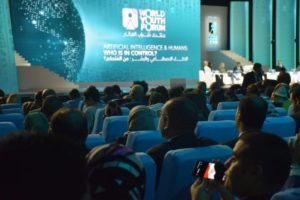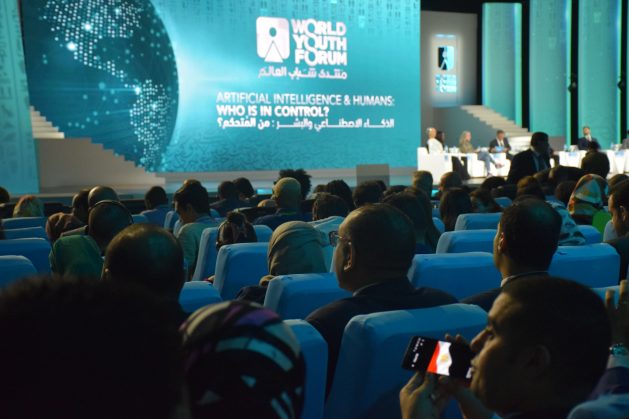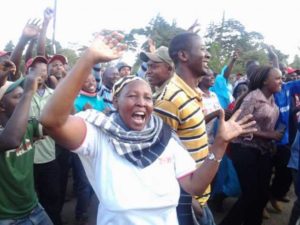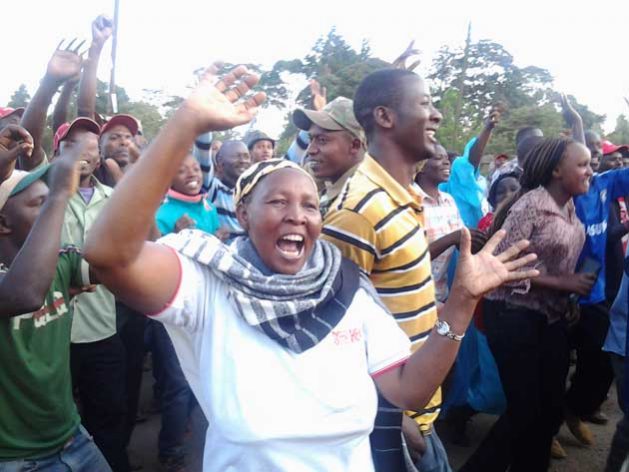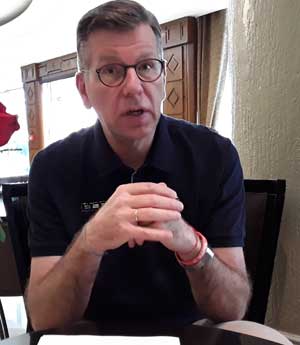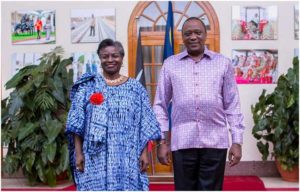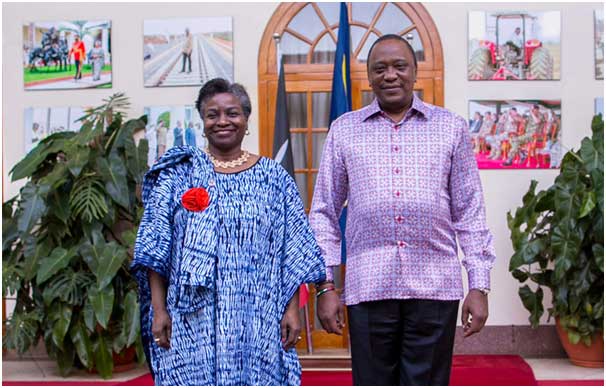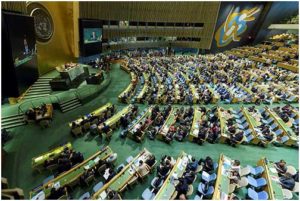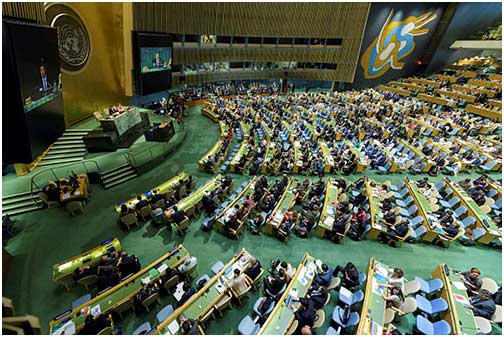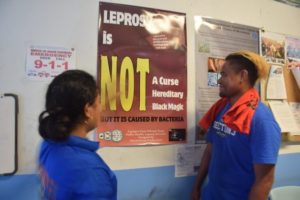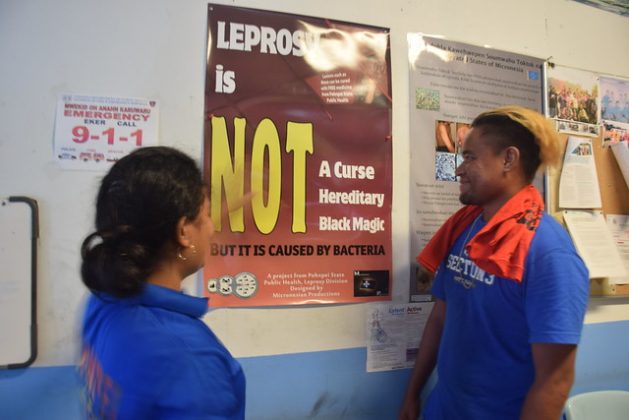
Active Citizens, Asia-Pacific, Civil Society, Democracy, Editors’ Choice, Education, Featured, Fostering Global Citizenship, Global, Global Governance, Headlines, Human Rights, Inequity, IPS UN: Inside the Glasshouse, Population
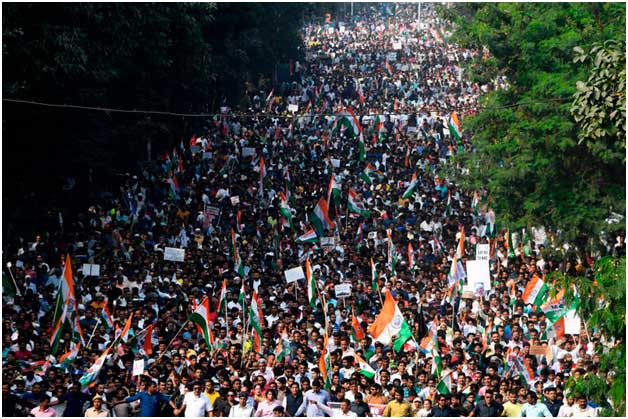
Credit: Foreign Policy
– “Fire bullets at the traitors of the country,” chanted mobs of Bharatiya Janata Party, or BJP, supporters wrapped in Indian flags in Delhi last week.
It’s been less than a month since protests emerged against the BJP’s Citizenship Amendment Act (CAA), a new law to redefine and restrict who is considered an Indian citizen. In a violent crackdown, 27 peaceful protesters have been killed and police have detained 1500 others. BJP vigilante mobs continue to threaten and beat people protesting this controversial bill.
The CAA became law on December 11th, 2019 to provide a path to citizenship for minorities that fled from Afghanistan, Bangladesh, and Pakistan prior to 2014, but its most controversial point is that it specifically excludes Muslims. Critics call it discriminatory and say it threatens the secular nature of India’s constitution by trying to establish a Hindu religious state, or a “Hindu Rashtra,” akin to other religious states like Saudi Arabia or Israel’s attempt for a Jewish nation state.
In addition to the CAA, the Indian government is also planning to implement a National Register of Citizens, also known as the NRC, across the whole nation by 2021. The most recent NRC was implemented by the Indian government in the state of Assam in 2015 forcing Indians to provide documented proof of their citizenship to be considered Indian citizens. The result was the disenfranchisement of 1.9 million mostly Muslim residents who now risk being sent to illegal detention camps as they do not have what the government considers sufficient documentation or “legacy documents” which must date back to the 1970s. People fear that its extension to the rest of the country will not only affect Muslims who are not safeguarded by the CAA, but also the poorest, unlettered parts of society.
According to Indian historian and executive-director of the Tricontinental Institute for Social Research, Vijay Prashad, the BJP has couched the CAA as a progressive refugee policy which is redundant given that India is already a signatory of the Global Compact for Migration as well as other international treaties on migration and refugees.
“Why not bring these treaties to be ratified by India, why bother to create your own bizarre thing if there’s already an international framework to say that we accept refugees and migration?” he asked rhetorically. “Well it’s because they’ve used the question of migration not for migration itself but to define what is an Indian citizen, which is a very chilling thing because now they are making the claim that Muslims are not citizens in India,” Prashad told IPS News.
Prashad says this is a core part of the BJP’s right-wing ideology. India’s home minister Amit Shah even referred to undocumented Muslim migrants coming from Bangladesh to India as “termites” and “infiltrators” and threatened to throw them into the Bay of Bengal.
India is currently the world’s largest democracy which historically has not used religion as a prerequisite for citizenship. According to Ramya Reddy, human rights lawyer from Georgetown University Law Center, the CAA puts India’s democracy at risk by violating Articles 14 and 21 of the Indian constitution, which deal with equality and liberty.
Protests
Daily protests have been met with extreme violence by the police who have fired stun grenades, smoke bombs, tear gas, and even used live ammunition to shoot and kill protestors. Police have attempted to stop protests by imposing Section 144 of the Penal Code, a draconian law from the British Raj historically used to crush freedom fighters by prohibiting the assembly of more than 4 people. The section of this law, however, is being applied selectively.
“When the radical Hindutva supporters gather, this is not considered an unlawful gathering according to the police because they’re pro-government. The police even escort them,” said Aatir Arshad a Bachelor’s student from Jamia Millia University who’s been involved in recent protests.
Jamia Millia Islamia University, a public college in New Delhi with a majority-Muslim student body, became the center of the protest movement in Delhi after police stormed the university campus, dragged out several students, beat them up and arrested them, including those who were not participating in the demonstrations.
“They rushed into the library, where students were not even protesting, they were just studying for their exams and the police beat them up,” Arshad told IPS News. “That moment was apocalyptic for Jamia Milia Islamia. They also harassed students and then claimed they did nothing.”
Arshad adds that police also entered the mosque on the university campus, beat up the Imam, as well as the guards of the university. Protests are still going on because of the events from that day.
Ahla Khan, an alumnus from Jamia Millia and resident of the Jamia Nagar area, explained to IPS News how on the first day of protests her and her sister were just walking to Jamia University when they got caught in the middle of a confrontation between police and protesters. They ran to the sidewalk and watched as police hit students with batons.
“I was watching a guy standing there, just looking at his phone doing nothing. The police ask him ‘where are you going’ and he doesn’t say anything. And just like that the police start beating him up,” says Khan.
She explains how the protesters have been highly organized and peaceful in Delhi. Many have volunteered to distribute tea in the biting cold weather, organized assemblies and facilitated plays and book readings. Chants and slogans have called for repealing the CAA as well as for Azaadi, or freedom. Police have been more restrained than in Uttar Pradesh (UP) where police violence has been lethal. The Chief Minister of UP called a meeting in late December threatening to seize property of those involved in protests “to compensate damage to public property.”
“In UP police and RSS goons have been barging into people’s houses, hitting them, beating people up, thrashing their entire houses, looting them, TVs and fridges broken,” said Khan.
The government has also made several attempts to prevent media outlets from covering police violence and has blocked the internet is several parts of India where there are massive protests. Internet shutdowns have become commonplace, with the shutdown in Kashmir being the longest ever in a democracy.
International Response
While many protesters are still languishing in jail, the United Nations has voiced concern over the CAA with Secretary-General Antonio Guterres’ spokesperson, Stephane Dujarric, calling for “restraint and urg[ing] full respect for the rights of freedom of opinion and expression and peaceful assembly.” UN Human Rights Commissioner Michelle Bachelet’s spokesperson stated that the law “would appear to undermine the commitment to equality before the law enshrined in India’s Constitution.”
Despite this, Reddy says that this doesn’t have any enforcement as domestic law always takes precedence over international law. Even though the UN has criticized the CAA, “[changes have] to happen domestically or with pressure,” she said. And right now, no other major international powers like the UK, the US, and Canada have come out against this because they’re strong allies [of India],” Reddy told IPS News.
In fact, on a recent visit to Washington, D.C. India’s External Affairs Minister Subrahmanyam Jaishankar cancelled a meeting with the House Foreign Affairs Committee after the other members of Congress refused to exclude Rep. Pramila Jayapal (D-Wash.), a critic of the CAA, NRC, and India’s actions in Kashmir.
South Asian students in the United States are expressing their dismay with the Indian government by launching a campaign demanding their House of Representatives “express their disapproval through targeted sanctions against Modi government officials until both laws are repealed.” So far, the letter has been signed by the Yale South Asian Society, Harvard College U.S.-India Initiative, Columbia University South Asian Organization, University of Pennsylvania South Asia Society Board, Cornell University South Asian Law Students Association, Brown University South Asian Students Association and Dartmouth University Muslim Students Association Al-Nur, and many other student groups.
Democratic Deficit
Implementing a nationwide National Register of Citizens will cause massive economic disruption, according to a recent report by the Wire. The article states that the NRC in the state of Assam alone, which makes up just 3% of the population, “took almost a decade, required the involvement of over 50,000 government employees and cost more than Rs. 1,200 crore,” or just over 168 million US dollars. While the Indian development dream is flailing with its ranking in hunger slipping annually and unemployment rising, the implications of implementing these exclusionary laws go beyond the marginalization of Muslims to also draining resources from some of the world’s poorest residents.
“This is not about a policy you can really implement,” said Prashad. “You can’t actually, practically expatriate 200 million Muslims.” Prashad also pointed out in his recent article that India’s Muslims form the eighth-largest country in the world.
The point, he adds, is that “this is a marker saying we are redefining citizenship and emboldening the hard-right and mobs on the street to make it clear to Muslims that they are not welcome here and that India is a Hindu country,” Prashad told IPS.
Despite the hard attempt by the government quell any resistance to the CAA, protests have been occurring daily with Muslims, Dalits, Buddhists, Christians, Sikhs, farmers, lawyers, workers, writers, and journalists joining together to prevent what could leave millions stateless in “the largest disenfranchisement in human history.”
When asking Aatir Ashad, who’s been protesting daily, about his experience he tells IPS News that whenever there’s a call for a protest, the police just close all of the metro stations so that no one can reach the protest site.
“Great democratic country we’re living in,” he says sarcastically, distressingly, as he prepares for another day of joining the protests.

